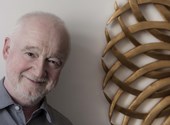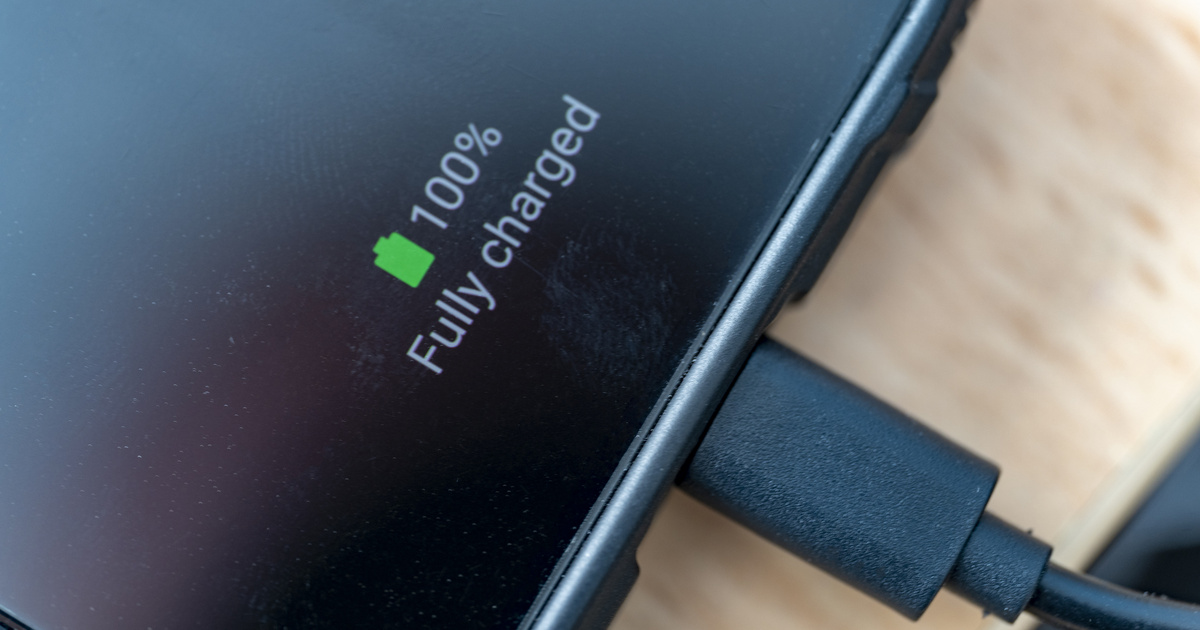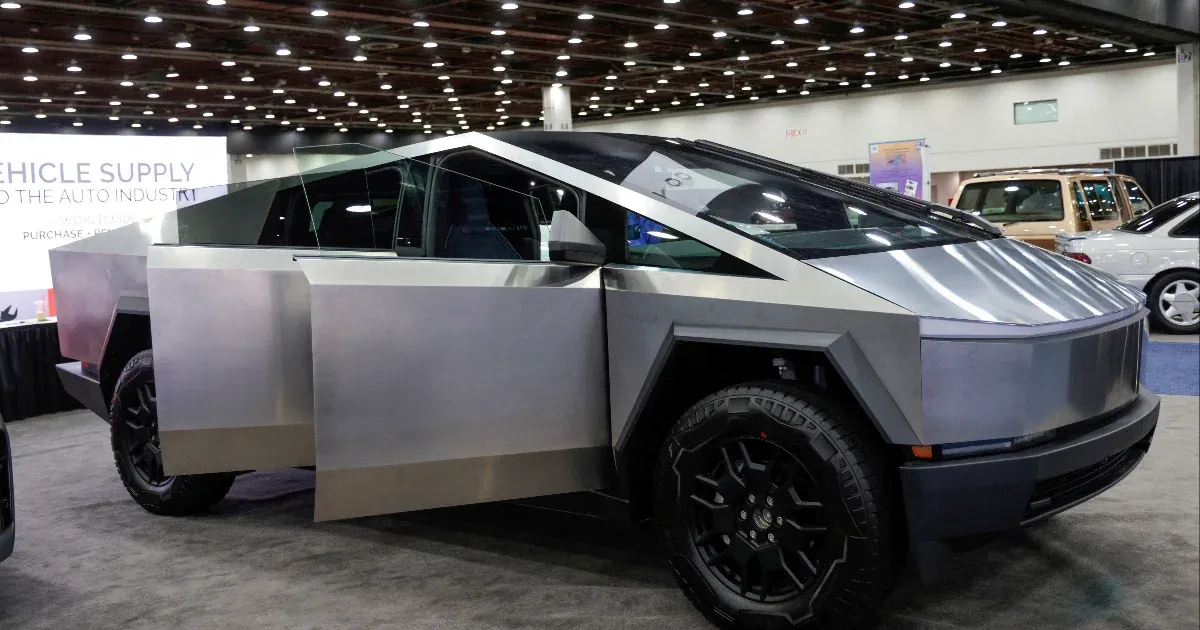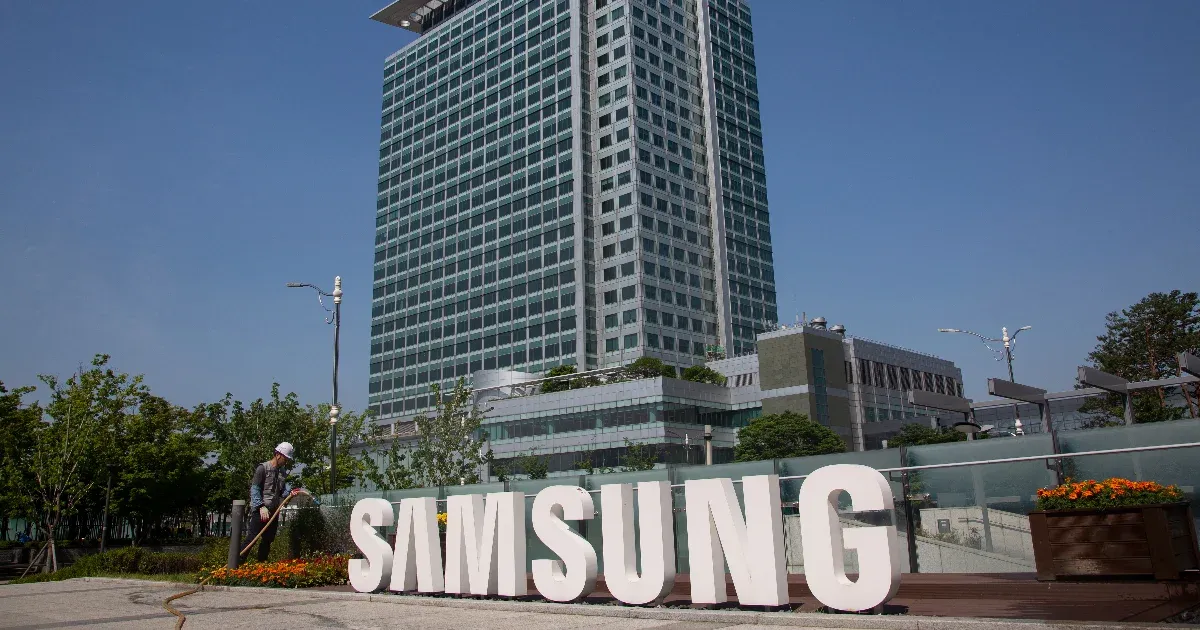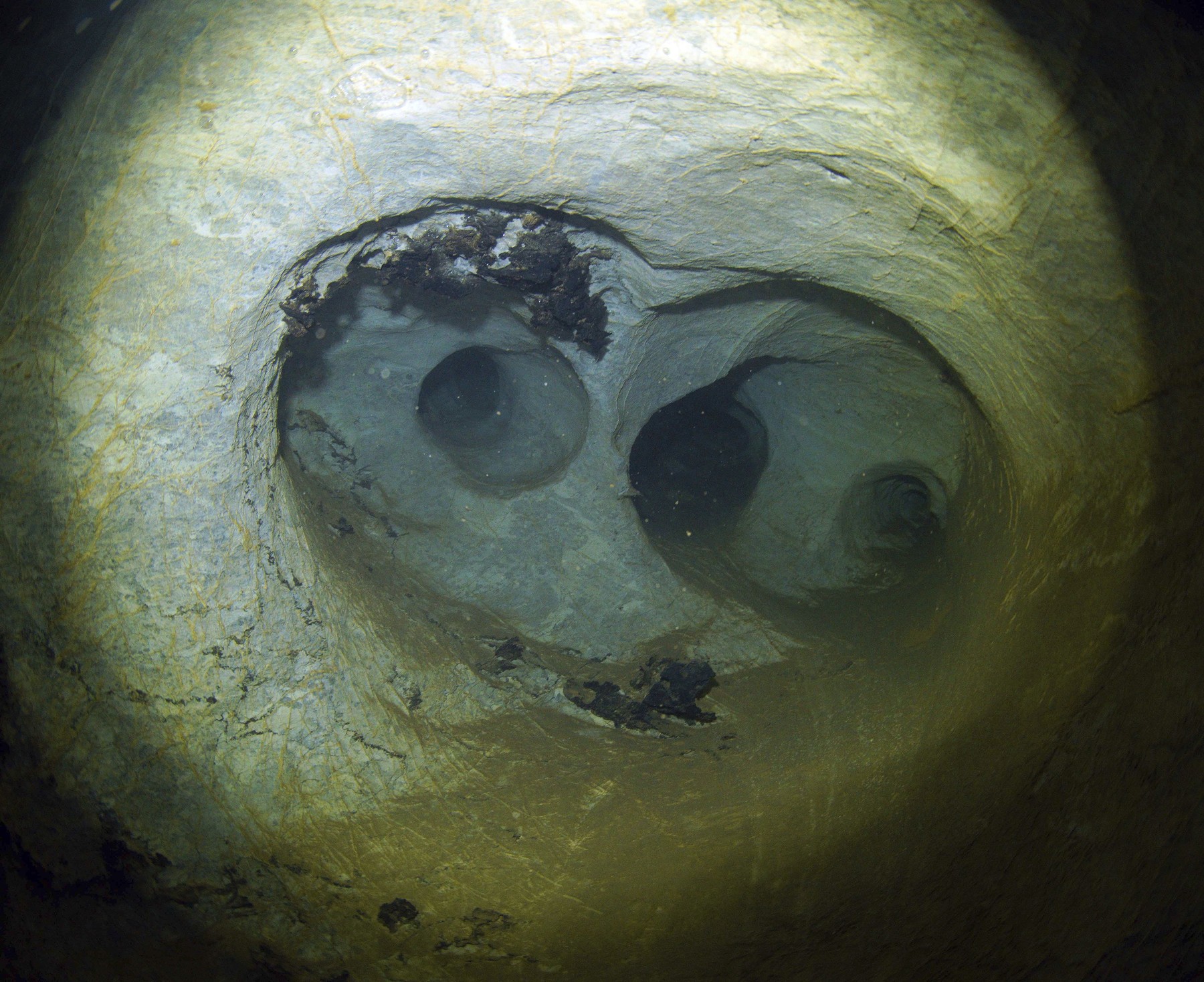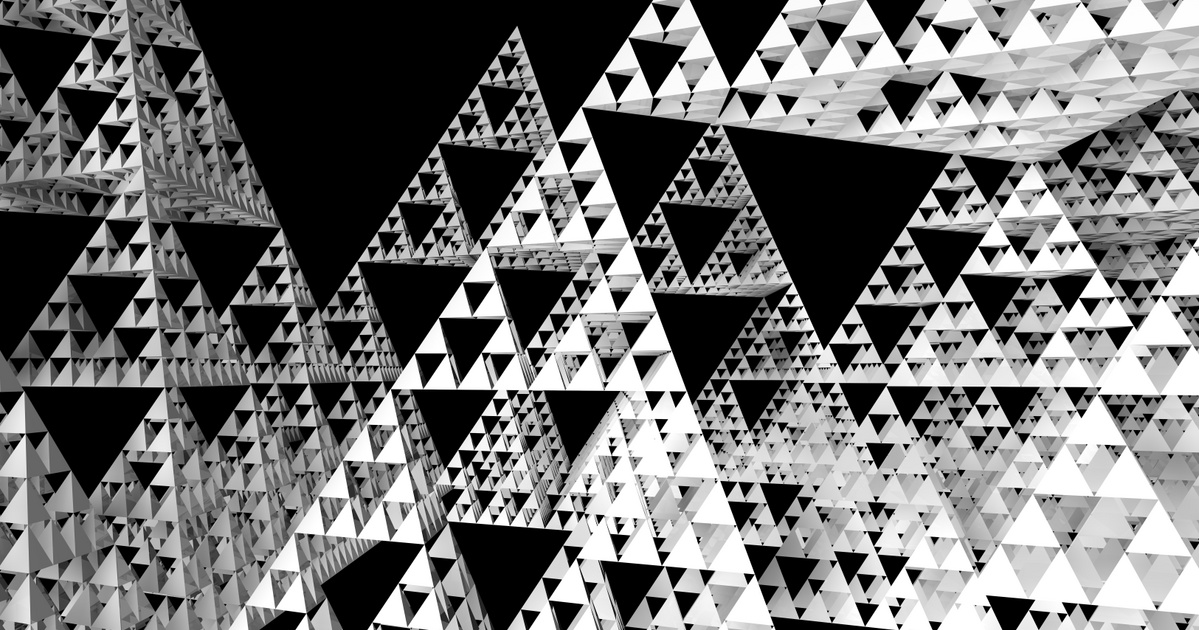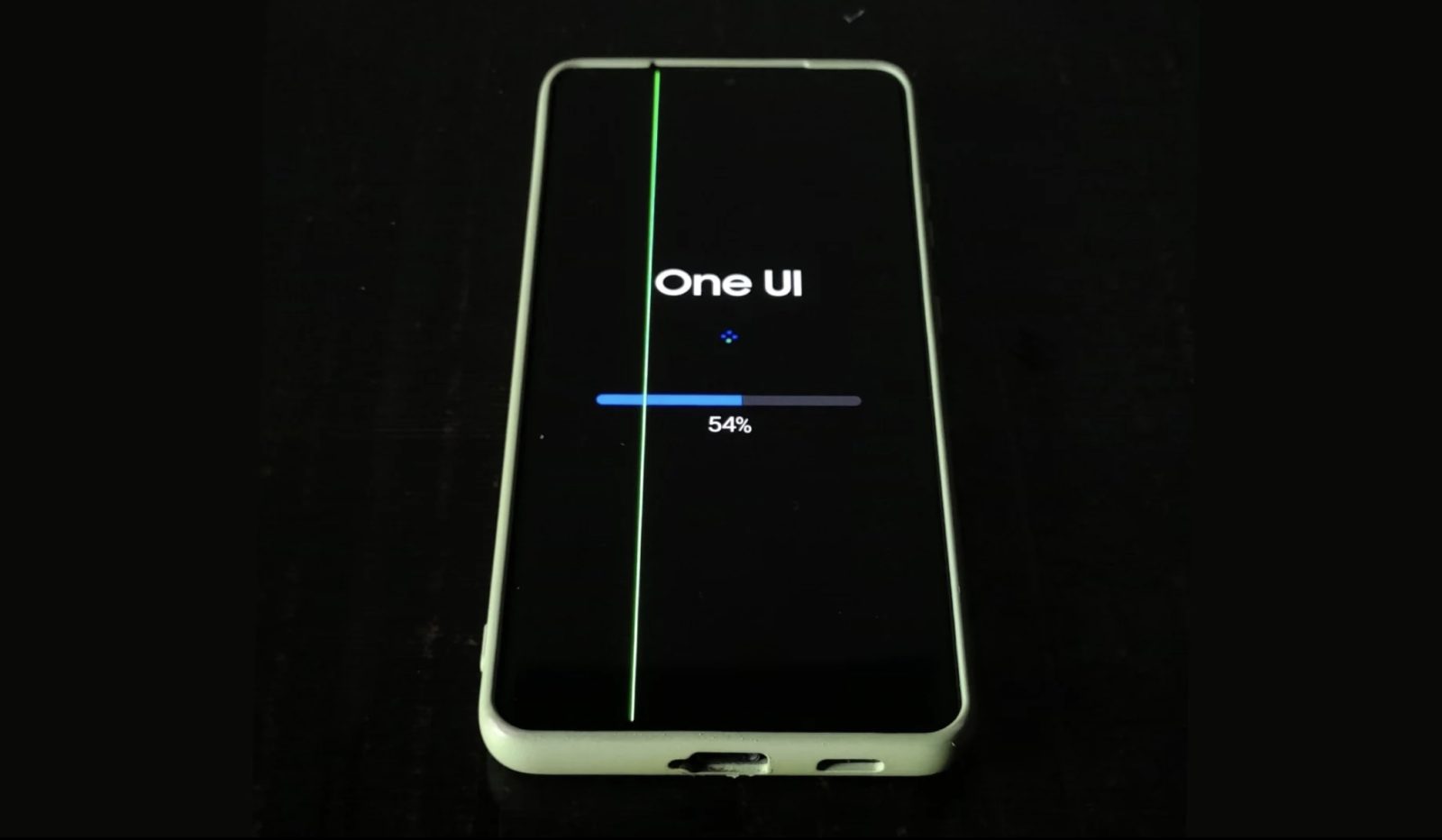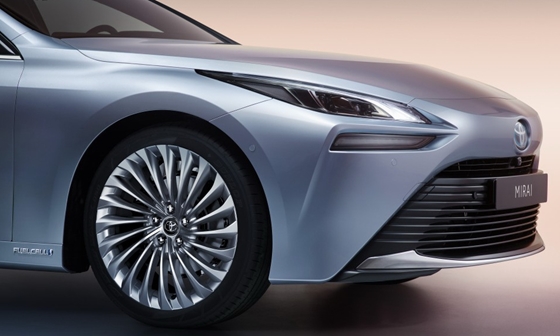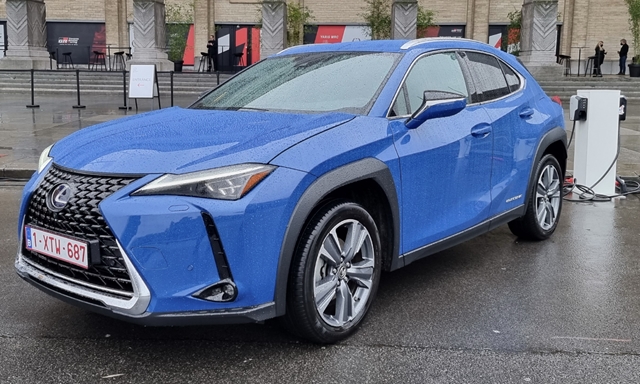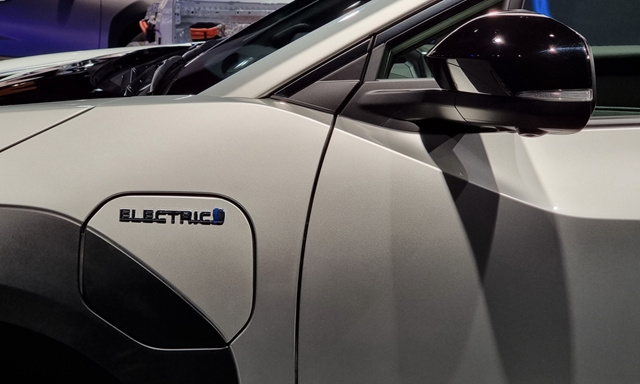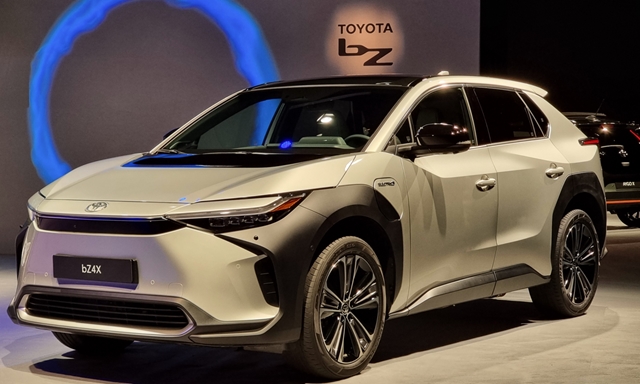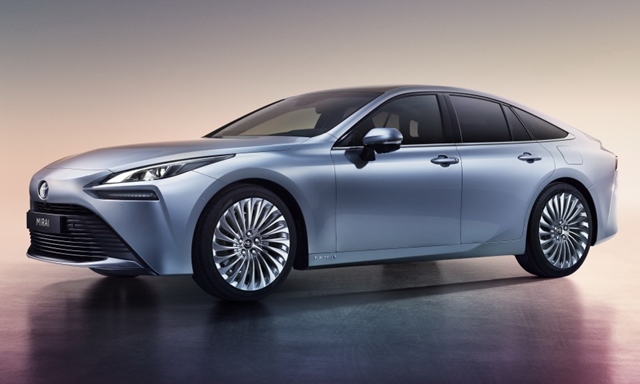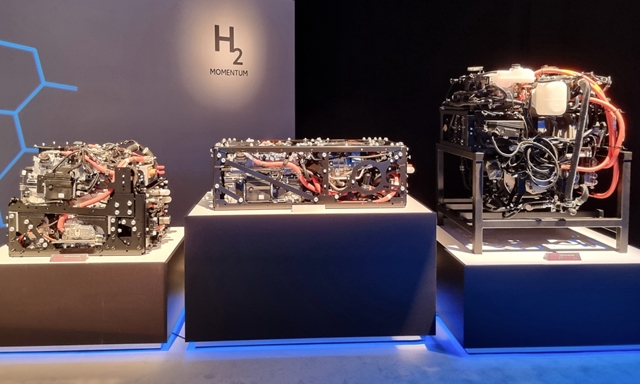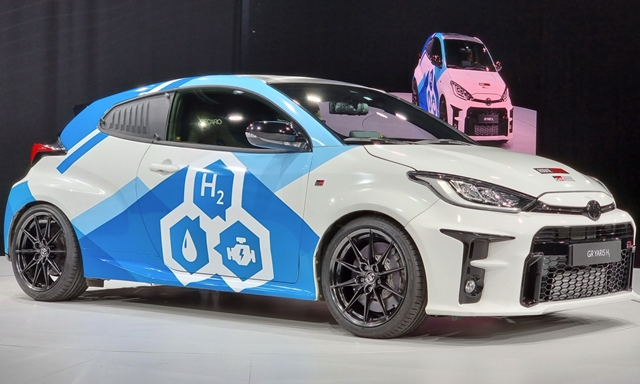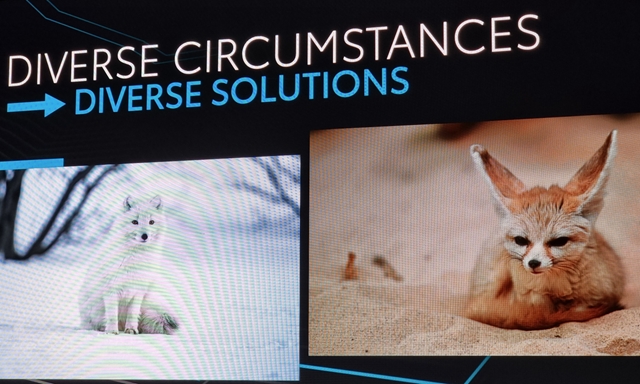[{“available”:true,”c_guid”:”02941e06-c7d4-4ba0-bd3e-173bffb8afa5″,”c_author”:”hvg.hu”,”category”:”gazdasag”,”description”:”Két hónapja van a kormánynak, hogy feloldja az uniós jog megsértését.”,”shortLead”:”Két hónapja van a kormánynak, hogy feloldja az uniós jog megsértését.”,”id”:”20211202_melegellenes_torveny_klubradio_elhallgattatasa_unios_birosag”,”image”:”https://api.hvg.hu/Img/ffdb5e3a-e632-4abc-b367-3d9b3bb5573b/02941e06-c7d4-4ba0-bd3e-173bffb8afa5.jpg”,”index”:0,”item”:”453a4670-baff-470c-b297-b2f847a1b1e5″,”keywords”:null,”link”:”/gazdasag/20211202_melegellenes_torveny_klubradio_elhallgattatasa_unios_birosag”,”timestamp”:”2021. december. 02. 15:53″,”title”:”Uniós per indulhat Magyarország ellen a melegellenes törvény és a Klubrádió elhallgattatása miatt”,”trackingCode”:”RELATED”,”c_isbrandchannel”:false,”c_isbrandcontent”:false,”c_isbrandstory”:false,”c_isbrandcontentorbrandstory”:false,”c_isbranded”:false,”c_ishvg360article”:false,”c_partnername”:null,”c_partnerlogo”:”00000000-0000-0000-0000-000000000000″,”c_partnertag”:null},{“available”:true,”c_guid”:”ab5f0cf0-8a82-4487-82e4-b243e83ae595″,”c_author”:”hvg.hu”,”category”:”elet”,”description”:”A bohóc magánbeszélgetésben hangzott el ugyan, de egy francia lap most kiszivárogtatta. “,”shortLead”:”A bohóc magánbeszélgetésben hangzott el ugyan, de egy francia lap most kiszivárogtatta. “,”id”:”20211202_Emmanuel_Macron_Boris_Johnson_bohoc”,”image”:”https://api.hvg.hu/Img/ffdb5e3a-e632-4abc-b367-3d9b3bb5573b/ab5f0cf0-8a82-4487-82e4-b243e83ae595.jpg”,”index”:0,”item”:”267922fc-213c-45a2-807a-54c8ffd25e1a”,”keywords”:null,”link”:”/elet/20211202_Emmanuel_Macron_Boris_Johnson_bohoc”,”timestamp”:”2021. december. 02. 12:19″,”title”:”Emmanuel Macron lebohócozta Boris Johnsont”,”trackingCode”:”RELATED”,”c_isbrandchannel”:false,”c_isbrandcontent”:false,”c_isbrandstory”:false,”c_isbrandcontentorbrandstory”:false,”c_isbranded”:false,”c_ishvg360article”:false,”c_partnername”:null,”c_partnerlogo”:”00000000-0000-0000-0000-000000000000″,”c_partnertag”:null},{“available”:true,”c_guid”:”cf5f9f72-5a82-4ba5-af2d-f558387f65c4″,”c_author”:”MTI / hvg.hu”,”category”:”gazdasag”,”description”:”Varga Mihály szerint ezzel erősödött Magyarország pénzügyi stabilitása.”,”shortLead”:”Varga Mihály szerint ezzel erősödött Magyarország pénzügyi stabilitása.”,”id”:”20211202_adossag_varga_mihaly_dollar_deviza”,”image”:”https://api.hvg.hu/Img/ffdb5e3a-e632-4abc-b367-3d9b3bb5573b/cf5f9f72-5a82-4ba5-af2d-f558387f65c4.jpg”,”index”:0,”item”:”16317a2b-e113-41ba-bf57-5597bf72af96″,”keywords”:null,”link”:”/gazdasag/20211202_adossag_varga_mihaly_dollar_deviza”,”timestamp”:”2021. december. 02. 16:32″,”title”:”430 millió dollárnyi adósságot törlesztett elő Magyarország”,”trackingCode”:”RELATED”,”c_isbrandchannel”:false,”c_isbrandcontent”:false,”c_isbrandstory”:false,”c_isbrandcontentorbrandstory”:false,”c_isbranded”:false,”c_ishvg360article”:false,”c_partnername”:null,”c_partnerlogo”:”00000000-0000-0000-0000-000000000000″,”c_partnertag”:null},{“available”:true,”c_guid”:”61d5b13c-a703-4e44-a963-6208d0eef683″,”c_author”:”Keresztes Imre”,”category”:”360″,”description”:”Visszaüthet az USA és több ország stratégiai olajtartalékának felszabadítása, mivel az OPEC+ nagyobb tűzerővel bír. A trendek alakulásába beleszólhat a járvány és a palaolaj-termelés is. “,”shortLead”:”Visszaüthet az USA és több ország stratégiai olajtartalékának felszabadítása, mivel az OPEC+ nagyobb tűzerővel bír…”,”id”:”202148__tartalek_olaj_apiacra__opec__kiszamithatatlansag__csepp_atengerbol”,”image”:”https://api.hvg.hu/Img/ffdb5e3a-e632-4abc-b367-3d9b3bb5573b/61d5b13c-a703-4e44-a963-6208d0eef683.jpg”,”index”:0,”item”:”71195c40-3f6e-4dd5-94a5-fc7f2e502b14″,”keywords”:null,”link”:”/360/202148__tartalek_olaj_apiacra__opec__kiszamithatatlansag__csepp_atengerbol”,”timestamp”:”2021. december. 02. 17:00″,”title”:”Amerika úgy reagál az olajár elszállására, mintha szükséghelyzet lenne”,”trackingCode”:”RELATED”,”c_isbrandchannel”:false,”c_isbrandcontent”:false,”c_isbrandstory”:false,”c_isbrandcontentorbrandstory”:false,”c_isbranded”:false,”c_ishvg360article”:true,”c_partnername”:null,”c_partnerlogo”:”00000000-0000-0000-0000-000000000000″,”c_partnertag”:null},{“available”:true,”c_guid”:”8c24efb5-1365-4aef-8a8c-1233d698d650″,”c_author”:”hvg.hu”,”category”:”tudomany”,”description”:”Az amerikai Space Force tábornoka szerint bár jelenleg az Egyesült Államok áll az első helyen az űrversenyben, az étvized végére Kína veheti át a vezetést.”,”shortLead”:”Az amerikai Space Force tábornoka szerint bár jelenleg az Egyesült Államok áll az első helyen az űrversenyben…”,”id”:”20211202_egyesult_allamok_kina_oroszorszag_muhold_urverseny_space_force”,”image”:”https://api.hvg.hu/Img/ffdb5e3a-e632-4abc-b367-3d9b3bb5573b/8c24efb5-1365-4aef-8a8c-1233d698d650.jpg”,”index”:0,”item”:”f93b85ca-587a-4759-a824-eb915640e27d”,”keywords”:null,”link”:”/tudomany/20211202_egyesult_allamok_kina_oroszorszag_muhold_urverseny_space_force”,”timestamp”:”2021. december. 02. 11:33″,”title”:”Egyre nagyobb a nyomás Amerikán, Kína és Oroszország is támadja a műholdjait”,”trackingCode”:”RELATED”,”c_isbrandchannel”:false,”c_isbrandcontent”:false,”c_isbrandstory”:false,”c_isbrandcontentorbrandstory”:false,”c_isbranded”:false,”c_ishvg360article”:false,”c_partnername”:null,”c_partnerlogo”:”00000000-0000-0000-0000-000000000000″,”c_partnertag”:null},{“available”:true,”c_guid”:”f9018016-ec76-49b0-bf73-a18d5e553381″,”c_author”:”MTI / hvg.hu”,”category”:”gazdasag.ingatlan”,”description”:”A Kútvölgyi torony teljes külső rekonstrukciója 11 ezer négyzetmétert érint.”,”shortLead”:”A Kútvölgyi torony teljes külső rekonstrukciója 11 ezer négyzetmétert érint.”,”id”:”20211202_furjes_balazs_kutvolgyi_torony_centrumkorhaz”,”image”:”https://api.hvg.hu/Img/ffdb5e3a-e632-4abc-b367-3d9b3bb5573b/f9018016-ec76-49b0-bf73-a18d5e553381.jpg”,”index”:0,”item”:”b5783c69-d2a3-49a4-9c51-7950c1de4617″,”keywords”:null,”link”:”/ingatlan/20211202_furjes_balazs_kutvolgyi_torony_centrumkorhaz”,”timestamp”:”2021. december. 02. 16:52″,”title”:”Fürjes: Megújul a Kútvölgyi torony, épül a negyedik centrumkórház”,”trackingCode”:”RELATED”,”c_isbrandchannel”:false,”c_isbrandcontent”:false,”c_isbrandstory”:false,”c_isbrandcontentorbrandstory”:false,”c_isbranded”:false,”c_ishvg360article”:false,”c_partnername”:null,”c_partnerlogo”:”00000000-0000-0000-0000-000000000000″,”c_partnertag”:null},{“available”:true,”c_guid”:”f9471750-b22c-42c7-9c2a-1c6d81f82bbe”,”c_author”:”Serdült Viktória”,”category”:”itthon”,”description”:”Újabb egy héttel meghosszabbítják az oltási akcióhetet, a kormány pedig felkérte az operatív törzset annak vizsgálatára, hogy a jövőben a harmadik oltáshoz kössék a védettségi igazolványt. Hamarosan kistelepülésekre is ki fognak települni az oltópontok. Másfélmillió oltóanyag hamarosan lejár, de van elég, és nem igaz, hogy visszaléptünk az uniós vakcinabeszerzésbe. Élőben követtük a kormányinfót. “,”shortLead”:”Újabb egy héttel meghosszabbítják az oltási akcióhetet, a kormány pedig felkérte az operatív törzset annak…”,”id”:”20211202_kormanyinfo_percrol_pecre”,”image”:”https://api.hvg.hu/Img/ffdb5e3a-e632-4abc-b367-3d9b3bb5573b/f9471750-b22c-42c7-9c2a-1c6d81f82bbe.jpg”,”index”:0,”item”:”bb6bf996-e60f-4455-bbfc-0ffb55f52f43″,”keywords”:null,”link”:”/itthon/20211202_kormanyinfo_percrol_pecre”,”timestamp”:”2021. december. 02. 12:21″,”title”:”Gulyás: A harmadik oltáshoz kötik a védettségi igazolvány érvényességét”,”trackingCode”:”RELATED”,”c_isbrandchannel”:false,”c_isbrandcontent”:false,”c_isbrandstory”:false,”c_isbrandcontentorbrandstory”:false,”c_isbranded”:false,”c_ishvg360article”:false,”c_partnername”:null,”c_partnerlogo”:”00000000-0000-0000-0000-000000000000″,”c_partnertag”:null},{“available”:true,”c_guid”:”b4c5d677-3b0a-45b0-bcda-42279a744c20″,”c_author”:”MTI”,”category”:”vilag”,”description”:”Moszkvának azt üzenték, hogy vonja ki a csapatait az ukrán határok közeléből, valamint az “ideiglenesen megszállt területekről”.rn”,”shortLead”:”Moszkvának azt üzenték, hogy vonja ki a csapatait az ukrán határok közeléből, valamint az “ideiglenesen megszállt…”,”id”:”20211202_szankciok_omszkva_lengyel_litvan_ukran_elnok”,”image”:”https://api.hvg.hu/Img/ffdb5e3a-e632-4abc-b367-3d9b3bb5573b/b4c5d677-3b0a-45b0-bcda-42279a744c20.jpg”,”index”:0,”item”:”ae66d1f3-9232-4e14-92a9-233ae3ede9c2″,”keywords”:null,”link”:”/vilag/20211202_szankciok_omszkva_lengyel_litvan_ukran_elnok”,”timestamp”:”2021. december. 02. 21:15″,”title”:”Szankciókat szorgalmaz Oroszországgal szemben a lengyel, a litván és az ukrán elnök”,”trackingCode”:”RELATED”,”c_isbrandchannel”:false,”c_isbrandcontent”:false,”c_isbrandstory”:false,”c_isbrandcontentorbrandstory”:false,”c_isbranded”:false,”c_ishvg360article”:false,”c_partnername”:null,”c_partnerlogo”:”00000000-0000-0000-0000-000000000000″,”c_partnertag”:null}]
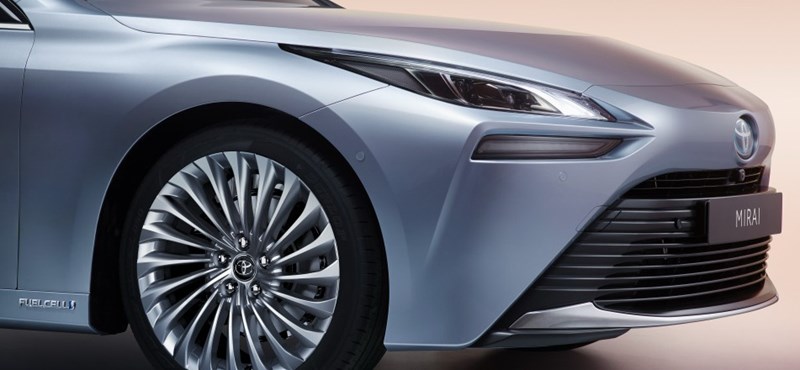

Order HVG weekly on paper or digital and read us anywhere, anytime!
That’s why we ask you, our readers, to support us! We promise to continue to give you the best we can!
Recommended from the first page

hvg.hu
Technique

